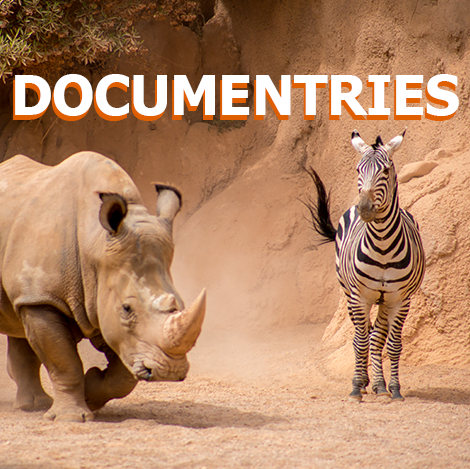Documentary Samples
…
The Surge of Documentary Filmmaking: YouTube and Netflix as Pioneers of Digital Content Consumption
In recent years, documentary filmmaking has experienced a renaissance, propelled by the rise of digital platforms such as YouTube and Netflix. These streaming giants have democratized access to documentary content, providing filmmakers with unprecedented opportunities to reach global audiences and explore a diverse range of subjects. In this article, we delve into the reasons behind the popularity of documentary filmmaking on platforms like YouTube and Netflix, examining the role of video production, storytelling, and audience engagement in shaping the documentary landscape of the digital era.

1. Accessibility and Convenience:
One of the primary reasons for the popularity of documentary filmmaking on platforms like YouTube and Netflix is the accessibility and convenience they offer to viewers. Unlike traditional broadcasting channels, which adhere to fixed schedules and programming, digital platforms allow audiences to watch documentaries at their own pace, anytime and anywhere. With just a few clicks, viewers can access a vast library of documentary content spanning various genres, topics, and formats, making it easier than ever to explore new subjects and discover compelling stories.
2. Diverse Range of Content:
YouTube and Netflix boast an extensive catalog of documentaries covering a diverse range of subjects, from social issues and historical events to scientific discoveries and cultural phenomena. This diverse array of content caters to a wide spectrum of interests and preferences, ensuring that there’s something for everyone to enjoy. Whether it’s a thought-provoking investigative piece, a gripping true-crime saga, or a visually stunning nature documentary, digital platforms offer a treasure trove of documentary content to satisfy the curiosity of viewers around the globe.
3. Empowerment of Independent Filmmakers:
Digital platforms have empowered independent filmmakers to produce and distribute documentary content independently, bypassing the traditional gatekeepers of the film industry. With affordable video production equipment and editing software readily available, filmmakers can create high-quality documentaries on modest budgets, without compromising on artistic integrity or creative vision. YouTube and Netflix provide a platform for these independent filmmakers to showcase their work to a global audience, amplifying their voices and expanding their reach beyond traditional distribution channels.
4. Interactive and Engaging Content:
Documentary filmmaking on digital platforms goes beyond passive viewing, offering interactive and engaging experiences that encourage audience participation and exploration. Platforms like YouTube allow viewers to engage with content creators through comments, likes, and shares, fostering a sense of community and dialogue around documentary subjects. Additionally, some documentaries incorporate interactive elements such as clickable annotations, quizzes, and supplemental materials, enabling viewers to delve deeper into the topic and engage with the content on a more immersive level.
5. Tailored Recommendations and Personalization:
YouTube and Netflix leverage advanced algorithms and machine learning algorithms to analyze viewer preferences and behavior, delivering personalized recommendations tailored to individual tastes and interests. This recommendation engine ensures that viewers are exposed to documentary content that aligns with their viewing history and preferences, increasing the likelihood of discovering new and relevant documentaries. By curating personalized playlists and suggestions, digital platforms enhance the discoverability and accessibility of documentary content, fostering a deeper connection between viewers and filmmakers.
6. Global Reach and Cultural Exchange:
Documentary filmmaking on digital platforms transcends geographical boundaries, allowing filmmakers to share stories and perspectives from around the world with a global audience. Whether it’s a documentary exploring the traditions of a remote village in Africa or shedding light on the social issues facing urban communities in Asia, digital platforms facilitate cultural exchange and cross-cultural understanding through the power of storytelling. By showcasing diverse voices and experiences, documentary filmmaking fosters empathy, empathy, and connection across cultures and continents.
7. Evolution of Storytelling and Production Techniques:
The digital era has brought about a revolution in documentary filmmaking, with filmmakers experimenting with new storytelling techniques and production formats to engage and captivate audiences. From immersive virtual reality documentaries to interactive web series and live video streaming events, digital platforms offer a canvas for innovation and experimentation in documentary storytelling. Additionally, advancements in video production technology and editing software enable filmmakers to produce visually stunning documentaries with cinematic flair, rivaling the production values of traditional broadcast television.
In conclusion, the popularity of documentary filmmaking on platforms like YouTube and Netflix is a testament to the transformative power of digital technology in democratizing access to content and empowering filmmakers to share their stories with the world. With their accessibility, diverse range of content, empowerment of independent filmmakers, interactive experiences, personalized recommendations, global reach, and innovative storytelling techniques, digital platforms have ushered in a new era of documentary filmmaking, shaping the way we consume, engage with, and appreciate documentary content in the 21st century.






